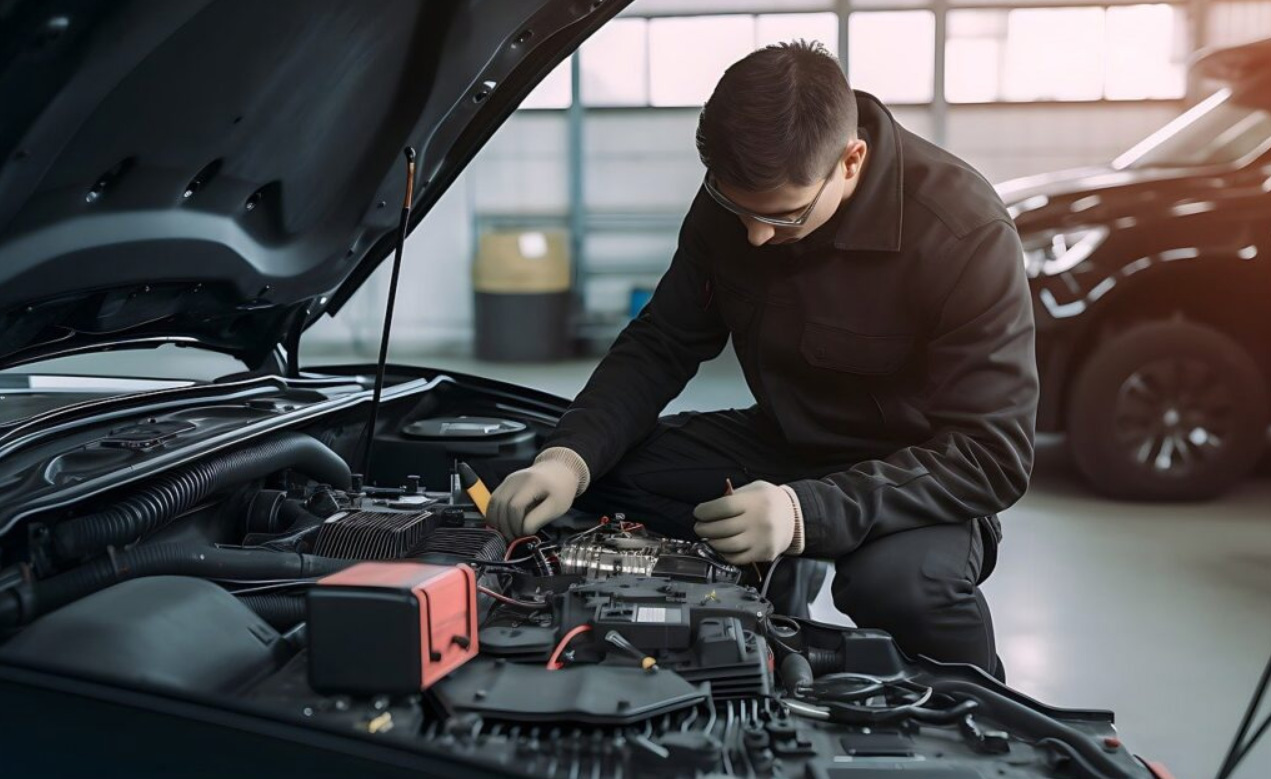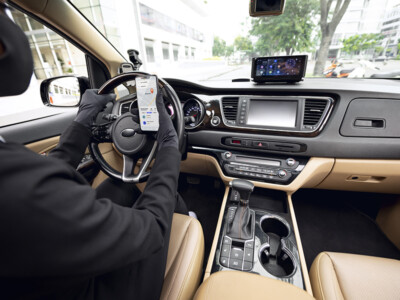

Proper vehicle maintenance is essential to ensure its performance, safety, and long-term durability. Over time, vehicles naturally experience wear and tear, so performing periodic maintenance is a way to prevent major issues. There are two key approaches you should know for taking care of your vehicle: preventive maintenance and corrective maintenance. While both are essential at different stages of a vehicle’s life, each has distinct characteristics and purposes that are important to understand.
Preventive maintenance: Taking care of your vehicle before it fails
Preventive maintenance is a proactive approach that involves regular inspections, adjustments, and replacements of parts and components before they fail. This type of maintenance is performed based on manufacturer recommendations and usually follows a specific schedule or mileage, allowing you to stay ahead of potential problems. The goal of preventive maintenance is to avoid unexpected breakdowns, ensure the vehicle functions properly, and extend its lifespan.
Common examples of preventive maintenance:
- Oil change: Keeping engine oil in good condition is crucial for proper lubrication, reducing friction, and preventing wear on moving engine parts.
- Brake inspection: Regularly inspecting brake pads and discs allows you to detect wear and avoid brake system failures, which are critical for safety.
- Fluid checks: Monitoring fluid levels like coolant, brake fluid, and power steering fluid ensures the optimal performance of the systems involved.
- Wheel alignment and balancing: Correcting wheel alignment prevents uneven tire wear and improves vehicle stability, while also optimizing fuel efficiency.
Benefits of preventive maintenance:
- Cost reduction: By performing small interventions regularly, you can avoid larger, more costly repairs. Identifying and fixing minor issues can prevent damage to critical components.
- Longer vehicle lifespan: A well-maintained vehicle can operate efficiently for longer, reducing the need for premature replacements and ensuring a long-term investment.
- Improved safety and performance: Keeping the vehicle in good condition ensures that systems operate correctly, minimizing the risk of accidents caused by mechanical failures. This is particularly important for brakes, tires, and suspension systems.
Corrective maintenance: Fixing problems when they occur
On the other hand, corrective maintenance is a reactive approach that takes place once a failure or breakdown has already occurred. This type of maintenance focuses on identifying the issue and restoring the vehicle to its normal operating condition. While it is inevitable in some situations, relying solely on corrective maintenance can lead to unexpected costs and prolonged downtime.
Common examples of corrective maintenance:
- Water pump repair: When the engine’s water pump fails, it must be replaced immediately to prevent overheating, which could seriously damage the engine.
- Transmission repair or replacement: If the vehicle has trouble shifting gears or experiences fluid leaks, the transmission may need repair or even a full replacement.
- Battery replacement: When a battery fails due to discharge or internal defects, replacing it is necessary to avoid starting issues.
Disadvantages of corrective maintenance:
- Higher costs: Corrective repairs are typically more expensive than preventive maintenance, as they involve repairing or replacing major components that may already have suffered significant damage.
- Vehicle downtime: Depending on the severity of the breakdown, a vehicle may be out of service for several days, which can disrupt daily routines and create mobility challenges.
- Safety risks: Unexpected failures can compromise the safety of the vehicle, exposing you to risks while driving. For example, a brake system failure can lead to dangerous situations on the road.
Preventive vs. corrective maintenance: Which is the better option?
Both preventive maintenance and corrective maintenance are essential for keeping your vehicle in good condition, but there are clear differences between the two approaches in terms of cost, time, and safety. Preventive maintenance may have a regular cost, but it is generally an investment that is less expensive in the long run compared to corrective repairs. On the other hand, corrective maintenance can involve significant expenses due to the need to repair or replace costly components and can lead to extended downtime for your vehicle.
Implementing a preventive maintenance program is one of the best ways to avoid unexpected breakdowns, reduce costs, and maximize your vehicle’s lifespan. Additionally, it enhances its performance and safety, which are key factors for a more reliable driving experience. If you’re looking to keep your vehicle in top condition or purchase a new vehicle that offers the best performance, we invite you to explore our website, where you’ll find a wide variety of models to suit your needs.
Maintaining a balanced strategy between both types of maintenance is key to ensuring that your vehicle is always in the best possible condition.







